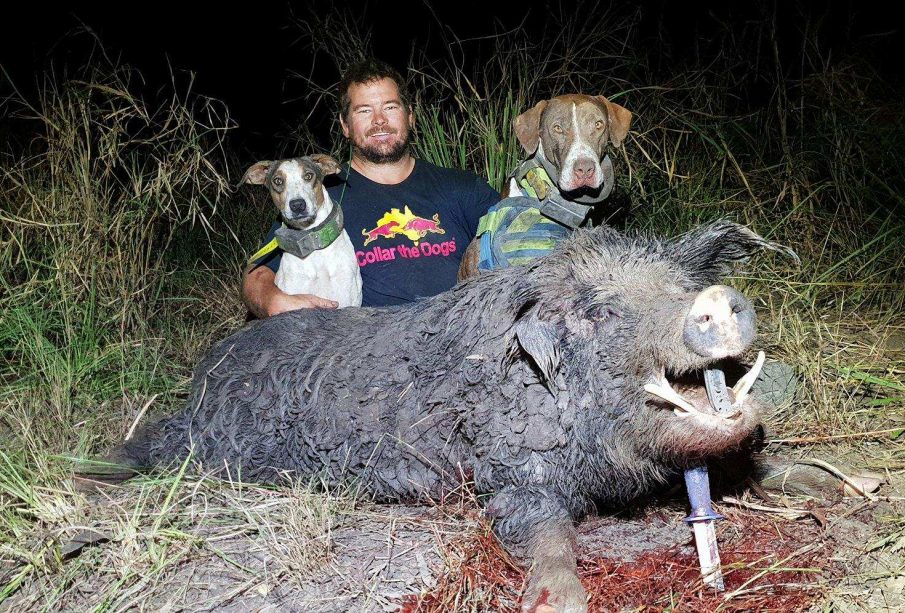Understanding the Impact of Feral Pigs in the UK

Introduction
Feral pigs are increasingly becoming a concern across various regions, including the United Kingdom. Originally domesticated, these animals have reverted to a wild state, leading to significant ecological and agricultural challenges. Their presence threatens native species, disrupts ecosystems, and can cause considerable damage to crops. As feral pig populations grow, understanding their impact becomes essential for effective management.
Recent Events and Concerns
In recent months, reports of feral pig sightings have surged, particularly in rural areas of England and Wales. According to the latest data from Natural England, feral pigs are now considered an invasive species, with populations estimated to exceed several thousand across various counties. Their ability to reproduce rapidly means that without intervention, these numbers can escalate quickly.
Farmers are particularly vocal about the disruptions caused by these animals. Evidence suggests that feral pigs can root through soil, damaging crops, and thus affecting agricultural production. The National Farmers’ Union (NFU) reported over £500,000 worth of damage from feral pigs in 2022 alone, urging the government for more robust control measures.
Ecological Impact
Feral pigs do not only affect agriculture; they can also wreak havoc on local ecosystems. They are known to forage on the eggs and nests of ground-nesting birds, leading to declines in species that are already under threat. Their rooting behaviour disrupts the soil structure, leading to erosion and negative consequences for native flora.
Conservationists have raised alarms about the long-term implications of feral pigs on biodiversity. The potential for disease transmission from feral pigs to domestic livestock poses an additional risk, complicating the situation for farmers and wildlife alike.
Management and Future Strategies
In response to the growing feral pig problem, local governments and environmental agencies are developing management strategies that include public education, population control measures, and habitat restoration efforts. Trapping and humane culling are some of the suggested methods being considered, along with strict regulations on the release of domestic pigs to minimise further feral population increases.
The rise of feral pigs highlights the importance of biodiversity management and the need for coordinated action. Experts suggest that engaging local communities in awareness programs could aid in monitoring and managing feral pig populations effectively.
Conclusion
As feral pigs continue to encroach on habitats across the UK, the situation poses significant challenges for both agriculture and conservation efforts. The proactive approach towards understanding and managing their populations will be crucial in safeguarding native ecosystems and preserving agricultural productivity. Ongoing research and collaboration among stakeholders will be vital to develop effective strategies, ensuring feral pigs do not become a permanent and damaging fixture in the UK landscape.








